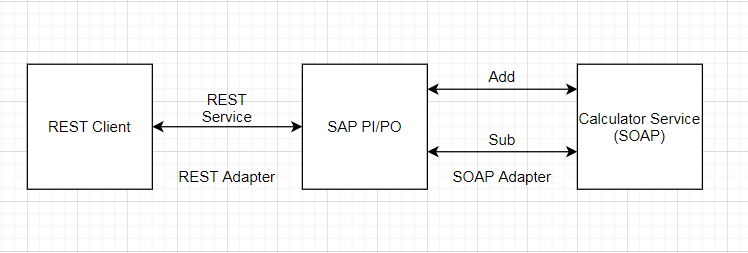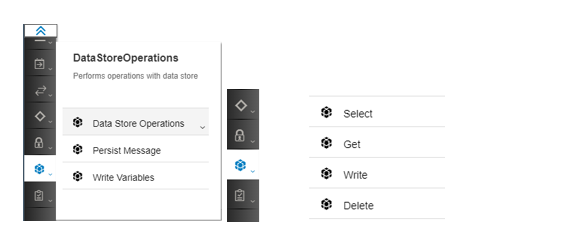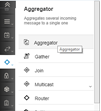This article will cover a list of common errors in SAP CPI. The document will have an error handling list and their solutions.
Here are a few of the common errors in SAP CPI which was encountered while working on different SAP CPI interfaces.
- If you use * as a value for Allowed Headers, all the HTTP headers from the sender are passed to the receiver. This way you will not have any control over what was sent and sometimes it may even confuse the receiver.



